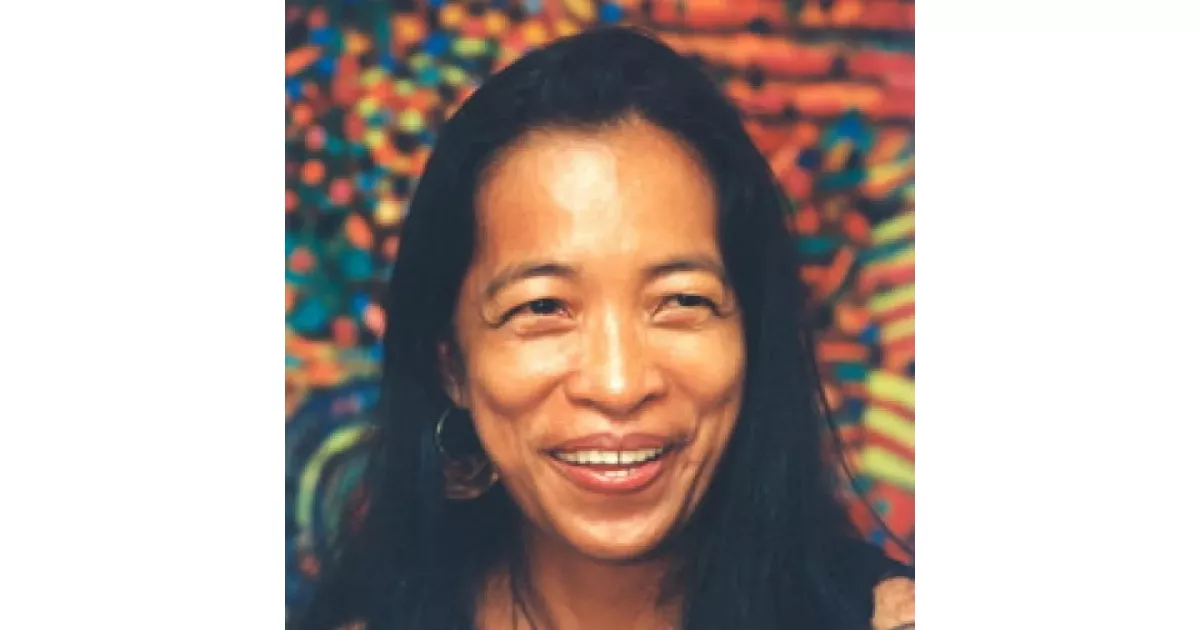"Pacita Barsana Abad, an Ivatan and Filipino-American artist, had a remarkable painting career spanning over three decades. Her journey began with travels to the United States and Spain for graduate studies, leading to exhibitions in over 200 venues worldwide, including 75 solo shows. Abad's art, recognized for its vibrant colors and global influences, has earned a place in prestigious public, corporate, and private collections across more than 70 countries."
October 5, 1946: Birth of Pacita Abad
Pacita Barsana Abad was born on October 5, 1946.
1949: Jorge Abad's Congressional Service Begins
In 1949, Pacita Abad's father, Jorge Abad, began his service in the Congress of the Philippines, representing the district of Batanes.
1966: Aurora Abad's Congressional Term Begins
Aurora Abad, Pacita's mother, began her term in the Congress of the Philippines in 1966, serving in the same position as her husband.
1968: Pacita Abad Graduates from the University of the Philippines Diliman
Pacita Abad graduated with a bachelor of arts in political science from the University of the Philippines Diliman in 1968.
1969: Aurora Abad's Congressional Term Ends
In 1969, Aurora Abad's term in the Congress of the Philippines came to an end.
1969: Pacita Abad Begins Law Studies and Student Activism
In 1969, Pacita Abad started graduate law studies at the University of the Philippines Diliman. During this time, she became involved in organizing student demonstrations against the brutal tactics used in the 1969 general election.
1970: Pacita Abad Moves to the United States
After facing political persecution in the Philippines, Pacita Abad was encouraged to leave the country. While on her way to Europe to continue her law studies in 1970, she decided to stay in the United States after visiting an aunt in San Francisco.
1971: Pacita Abad's First Marriage
In 1971, shortly after moving to San Francisco, Pacita Abad met and married artist George Kleinmen. The marriage was short-lived, and they separated soon after.
1972: Jorge Abad's Congressional Service Ends
Jorge Abad's time representing Batanes in the Congress of the Philippines ended in 1972.
1973: Pacita Abad Completes Master's Degree and Explores Artistic Pursuits
Pacita Abad completed her master's degree in Asian history from Lone Mountain College in 1973. She was offered a scholarship to Boalt Law School but deferred it to travel across Asia with Jack Garrity. Upon returning, she decided to pursue painting instead of law.
1973: Pacita Abad Meets Jack Garrity
Pacita Abad met Jack Garrity, a graduate student at Stanford, at a World Affairs Conference in Monterey, California in 1973. They decided to embark on a year-long journey through Asia together.
1978: Pacita Abad Begins Travels Inspired by Jack Garrity's Work
In 1978, Pacita Abad started traveling with Jack Garrity as his work took them to various countries, including Bangladesh, Sudan, and Thailand. During these travels, she immersed herself in local art practices and witnessed the plight of refugees, experiences that would later influence her artwork.
1979: Pacita Abad Begins Work on "Portraits of Kampuchea"
Towards the end of 1979, Pacita Abad started creating paintings based on the sketches and photographs she had taken during her time in refugee camps on the Thai-Cambodian border.
April 1980: Pacita Abad Exhibits "Portraits of Kampuchea"
In April 1980, Pacita Abad exhibited a series of 24 paintings titled "Portraits of Kampuchea," also known as the "Cambodian Refugee series," at the Bhirasri Institute of Modern Art in Bangkok. This series was inspired by her time in refugee camps on the Thai-Cambodian border.
1980: Pacita Abad Concludes Travels Through Asia
By 1980, Pacita Abad concluded her travels through Bangladesh, Sudan, and Thailand, where she immersed herself in the region's art and encountered refugee camps.
1980: Pacita Abad and Jack Garrity Move to Boston
In 1980, Pacita Abad and Jack Garrity moved to Boston for Garrity's graduate program at Boston University.
1981: Pacita Abad Starts "Masks and Spirits" Series
Pacita Abad began her "Masks and Spirits" series in 1981, marked by her first trapunto painting.
1982: Pacita Abad and Jack Garrity Leave Boston
In 1982, Pacita Abad and Jack Garrity left Boston after Garrity completed his two-year graduate program at Boston University.
1984: Pacita Abad's Solo Exhibition at the Museum of Philippine Art
In 1984, Pacita Abad had a major solo exhibition titled "Pacita Abad: A Philippine Painter Looks at the World," curated by Arturo Luz, at the Museum of Philippine Art.
1984: Pacita Abad Receives TOYM Award for Art
In 1984, Pacita Abad received the Ten Outstanding Young Men (TOYM) Award for Art in the Philippines, becoming the first woman to receive this prestigious award.
1985: Pacita Abad's Solo Exhibition at the Cultural Center of the Philippines
Pacita Abad held another major solo exhibition in 1985, titled "Pacita Abad: Paintings of People and Landscapes of Batanes," curated by Ray Albano, at the Cultural Center of the Philippines.
1985: Pacita Abad's "Sapuno" Resurfaces
Pacita Abad's expressionist oil painting "Sapuno" (Batanes Series), part of her 1985 exhibition at the Cultural Center of the Philippines, resurfaced at León Gallery in Makati Central Business District.
1986: Pacita Abad and Jack Garrity Move to Washington D.C.
Pacita Abad and Jack Garrity moved back to Washington D.C. in 1986 for Garrity's work at the World Bank.
1986: Pacita Abad Creates "Bacongo III-IV"
Pacita Abad created the quilted canvas works "Bacongo III-IV" in 1986.
1990: Pacita Abad Creates "European Mask"
Pacita Abad created the quilted canvas work "European Mask" in 1990.
1994: Pacita Abad Becomes a US Citizen
Pacita Abad became a naturalized citizen of the United States in 1994.
December 7, 2004: Death of Pacita Abad
Pacita Barsana Abad died on December 7, 2004.
2019: Pacita Abad's Works Exhibited at Tate Modern and Frieze London
In 2019, Tate Modern exhibited three of Pacita Abad's quilted canvas works: "Bacongo III-IV" (1986) and "European Mask" (1990). In the same year, her trapunto quilting paintings were showcased at Frieze London.
July 31, 2020: Google Doodle Commemorates Pacita Abad
On July 31, 2020, Pacita Abad was honored with a Google Doodle.
2023: First Major Retrospective of Pacita Abad's Work
The first major retrospective of Pacita Abad's work was held in 2023, opening at the Walker Art Center in Minneapolis. The exhibition traveled to the San Francisco Museum of Modern Art, followed by MoMA PS1 in New York, and then the Art Gallery of Ontario in Toronto.
2024: Pacita Abad's Retrospective Recognized as Largest Museum Exhibit for an Asian American Female Artist
As of 2024, Pacita Abad's retrospective is recognized as the largest museum exhibit in the United States dedicated to an Asian American female artist.
Mentioned in this timeline

Google LLC is a multinational technology company specializing in online...
California is a U S state on the Pacific Coast...
Sudan officially the Republic of the Sudan is a country...
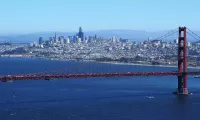
San Francisco is a major commercial financial and cultural hub...
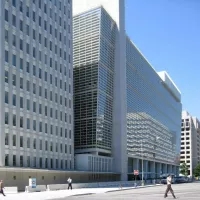
The World Bank is an international financial institution offering loans...
Thailand formerly known as Siam is a Southeast Asian country...
Trending
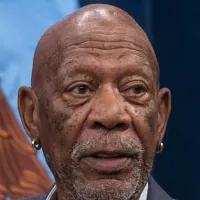
7 months ago Morgan Freeman's best thriller movie Se7en and Somerset's darker original ending explored.
18 days ago CD Projekt Dashes Cyberpunk 2077 Anniversary Teaser Hopes, Confirms No New Content

2 months ago Priyanka Chopra and Nick Jonas Celebrate Karwa Chauth with Daughter Malti Marie

Anne Hathaway is a highly successful American actress renowned for her versatile performances in a wide range of films She...
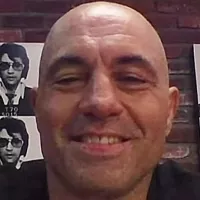
18 days ago John Cena discusses China apology and Taiwan comments on Joe Rogan's podcast.
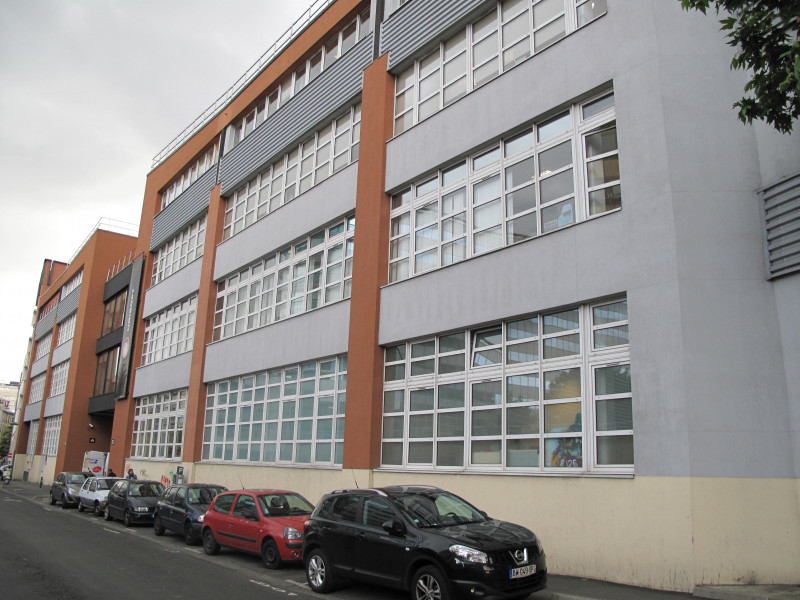
1 month ago Ubisoft's Anno 117 includes AI art placeholder; Fans react negatively.
Popular

Tucker Carlson is an American conservative political commentator known for...

XXXTentacion born Jahseh Dwayne Ricardo Onfroy was a controversial yet...

Ben Shapiro is a prominent American conservative political commentator media...

Candace Owens is an American conservative political commentator and author...

William Franklin Graham III commonly known as Franklin Graham is...

John F Kennedy JFK was the th U S President...
